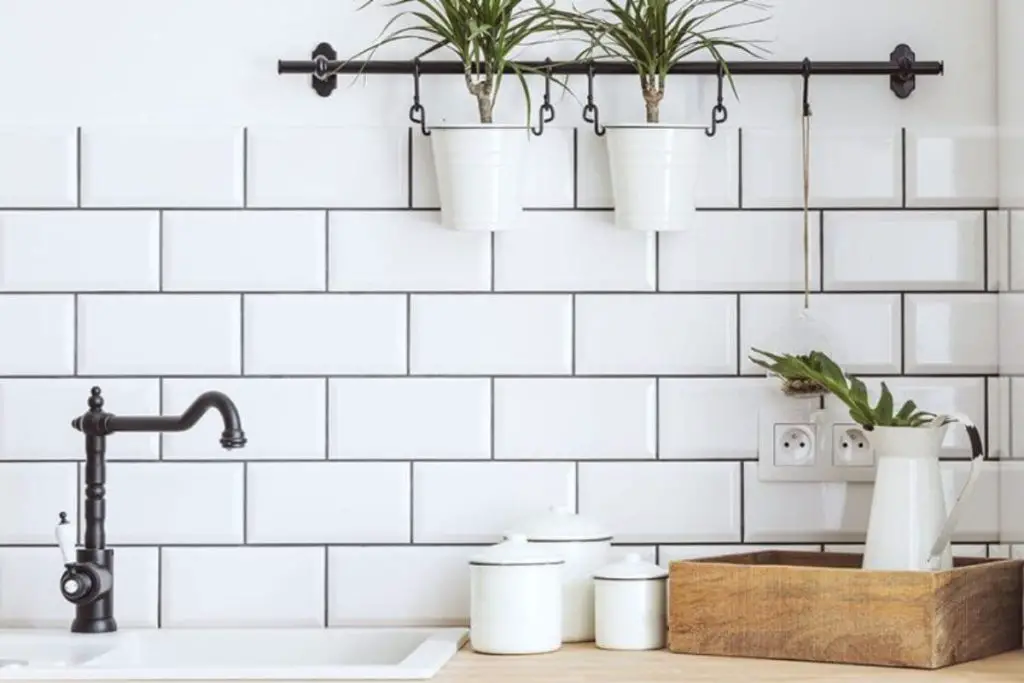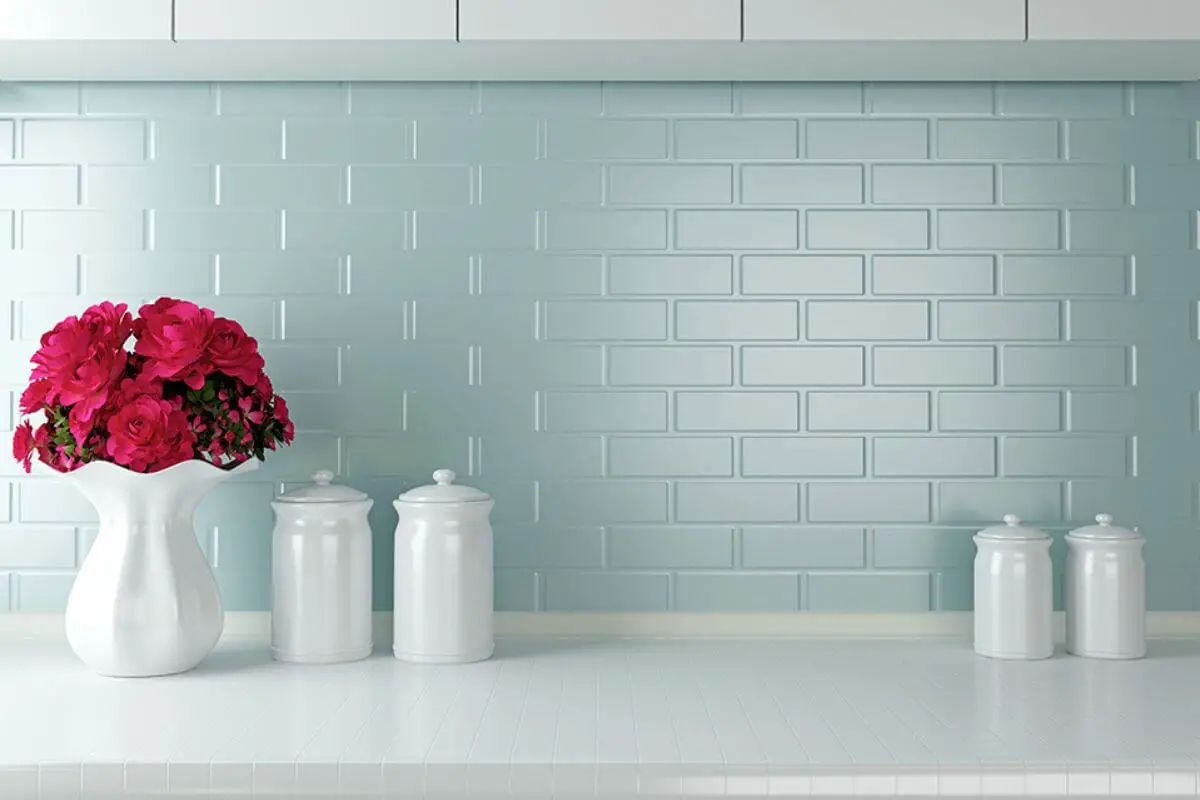Article:
When it comes to tiling, choosing the right grout line size is crucial for achieving the desired look and ensuring a long-lasting installation. Grout lines play a significant role in the overall appearance and durability of your tiled surface. In this article, we will explore the differences between 3/16 grout line and 1/8 grout line, discussing the pros and cons of each to help you make an informed decision.
Understanding Grout Lines
Before we dive into the comparison, let’s understand what grout lines are and why they are essential in tile installation. Grout lines are the gaps between tiles filled with grout, a cement-based mixture that secures the tiles in place while providing stability and preventing moisture from seeping underneath the surface.
Grout lines also contribute to the aesthetic appeal of your tiled area. They can accentuate the tiles’ design and create a visually pleasing pattern. Additionally, they allow for slight size variations in tiles and accommodate any expansion or contraction that may occur due to environmental changes.

Pros and Cons of 3/16 Grout Line
Advantages of 3/16 Grout Line
- Enhanced Durability: A larger grout line provides more space for grout, making the installation stronger and less prone to cracking over time.
- Easy Alignment: The wider gap simplifies the alignment process during tile installation, especially for larger tiles or irregular shapes.
- Ideal for Uneven Surfaces: If your substrate is not perfectly even, a 3/16 grout line can help hide slight imperfections.
Disadvantages of 3/16 Grout Line
- Limited Aesthetics: With a wider grout line, the visual focus may shift from the tiles to the grout, which might not be desired for intricate or decorative tiles.
- More Cleaning Effort: A larger grout line means more grout exposed, requiring additional effort in cleaning and maintenance.
Pros and Cons of 1/8 Grout Line
Advantages of 1/8 Grout Line
- Sleek and Modern Look: A thinner grout line allows the tiles to blend seamlessly, giving a contemporary and sophisticated appearance to your surface.
- Highlighting Tile Design: With less grout visible, the emphasis remains on the tiles, making it perfect for showcasing intricate designs and patterns.
- Easier Maintenance: Cleaning a smaller grout line is more straightforward and less time-consuming.
Disadvantages of 1/8 Grout Line
- Prone to Cracking: The narrower grout line may result in reduced grout joint strength, making it more susceptible to cracking, especially with heavy foot traffic or if not installed correctly.
- Alignment Challenges: Installing tiles with a 1/8 grout line requires precision and patience, especially for larger tiles or those with uneven edges.
Factors to Consider When Choosing Grout Line Size
To decide between a 3/16 grout line and a 1/8 grout line, consider the following factors:
- Tile Size and Material: Larger tiles, such as 18×18 inches or larger, often work better with a 3/16 grout line, while smaller tiles, like mosaics, can look more appealing with a 1/8 grout line. Also, certain materials, like natural stone, may benefit from a wider grout line for extra support.
- Aesthetic Preference: Your personal style and the overall design you want to achieve play a crucial role in selecting the grout line size. Assess your preferences and consult with an interior designer if needed.
- Installation Method: The method of tile installation can influence the grout line size. For example, tiles set closer together with leveling spacers may allow for a narrower grout line.
Burstiness in Tile Patterns
Burstiness refers to the irregular distribution of tiles in a pattern. Some tiles may have similar colors or designs, causing clusters of repetitive patterns in specific areas. This can add uniqueness to the overall design, breaking the monotony of traditional layouts.
Perplexity in Tile Design
Perplexity in tile design refers to the level of randomness in the pattern. A high level of perplexity ensures that the layout appears more natural and organic, capturing the essence of handcrafted artistry.
Conclusion
Selecting the appropriate grout line size is essential to achieve your desired tile installation outcome. Consider the size and material of your tiles, your aesthetic preferences, and the installation method when making your decision. Both 3/16 grout line and 1/8 grout line have their advantages and disadvantages, so it’s vital to weigh them carefully before finalizing your choice.
FAQs
Is a larger grout line better for all tile installations?
Not necessarily. A larger grout line may be more suitable for larger or uneven tiles, but it might not complement intricate or decorative tiles.
Can I use a 1/8 grout line for natural stone tiles?
While it’s possible, natural stone tiles may benefit from a wider grout line to provide additional support.
Are thinner grout lines more challenging to clean?
Quite the opposite! Smaller grout lines are easier to clean and maintain.
Can I mix and match grout line sizes in one installation?
Yes, you can use different grout line sizes for various sections of your installation to create visual interest.
What if I can’t decide on the grout line size?
If you’re uncertain, consult with a professional tile installer or an interior designer to help you make the right decision.




